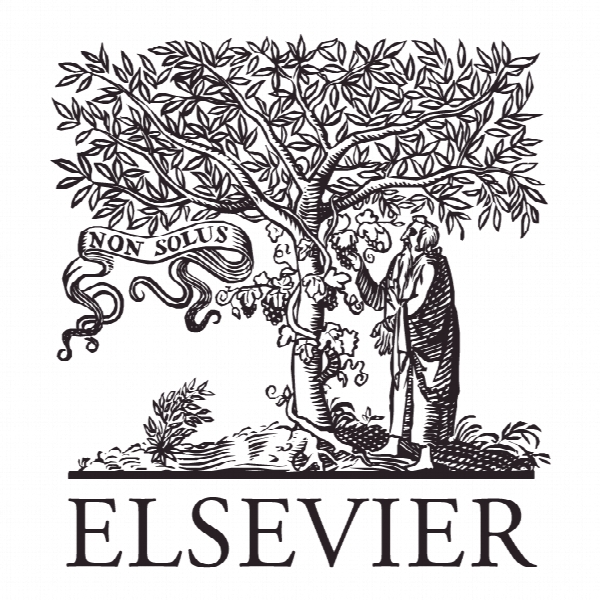متغیرهای موفقیت در پارک های علم و فناوری Success variables in science and technology parks
- نوع فایل : کتاب
- زبان : انگلیسی
- ناشر : Elsevier
- چاپ و سال / کشور: 2017
توضیحات
رشته های مرتبط مدیریت
مجله تحقیقات بازاریابی – Journal of Business Research
دانشگاه دانشکده مهندسی، سویا، سویل، اسپانیا
نشریه نشریه الزویر
مجله تحقیقات بازاریابی – Journal of Business Research
دانشگاه دانشکده مهندسی، سویا، سویل، اسپانیا
نشریه نشریه الزویر
Description
1. Introduction No national or international agency questions the impact of research, development, and innovation (R+D+i) on the economy and the society of any country. After years of investment in these fields—primarily the efforts of institutions and public bodies (mainly universities)—advancing in the development of lines of work that allow a balance in R+D with a more active participation by private sector companies is a priority for the political, scientific, and business community. Within this context, science and technology parks (STP) play an essential role, because their existence represents an important factor in the competitiveness of the economy of a region or country, as well as a field for business investment. The Organization for Economic Cooperation and Development (OECD, 1987) defines STPs as zones of variable land areas that have the three following characteristics. Firstly, they concentrate high-tech industries and specialized service centers. Secondly, they have at least one university department or institute of technology with which hosted companies can communicate with each other in the material and intellectual sphere. Finally, they include an important component of research and development in the activities of the hosted entities. The activity of STPs in Europe has nearly doubled in the last fifteen years. In 2013, 366 STPs exist in European Union member countries. These STPs have about 28 million square meters of buildings that host about 40,000 organizations of diverse nature, which, in turn, employ approximately 750,000 workers. Furthermore, many of these organizations carry out works of high added value. The capital investment in the STPs between 2000 and 2012 amounts to approximately 11.7 billion euros. In addition, during the same period, these institutions have invested about three billion euros in professional business support and innovation services for their hosted organizations and other technology-based firms in their locations or close to the parks (European Commission, 2014). Previous studies analyze the problem in other continents like America, to study the possibility of exporting the case of Silicon Valley to other regions (Wonglimpiyara, 2010), or Asia: the detailed study of parks specializing in information technology in India (Vaidyanathan, 2008) and China with the park that the Tsinghua University promotes (Zou & Zhao, 2014).


